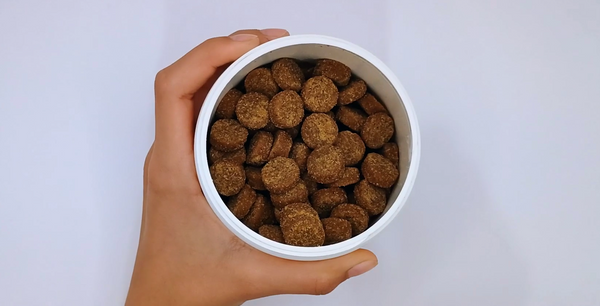
Cómo aliviar la ansiedad de tu perro durante el COVID-19
Durante el COVID-19 no eres el único que siente el estrés del confinamiento, puede que tu perro también lo esté sintiendo; Con los siguientes tres métodos puedes ayudar a tu perro a aliviar los síntomas de la cuarentena mientras disfrutas de un tiempo de calidad con tu mascota.
Ejercicio
El ejercicio alivia los niveles de estrés de tu perro. Le ayuda a olvidarse de los problemas que está experimentando durante el día. No creas que sólo porque tu perro esté en casa tranquilamente no está sufriendo estrés. No olvides que los perros no están destinados a ser criaturas sedentarias. En la naturaleza cazaban y vivían en manadas familiares. Esa fue la estructura social en la que fueron criados. En el mundo actual tal vez no se les permita practicar lo que en el pasado normalmente formaba parte de su vida diaria. Esto puede resultar estresante para algunos perros y ese estrés puede provocar problemas de conducta.
Los perros a menudo pueden aburrirse y el resultado es que a menudo hace travesuras. El ejercicio ofrece a su perro un poco de estimulación mental que quizás no obtenga cuando está solo en casa. A lo largo de sus paseos con perros, se encontrará con muchas situaciones interesantes, como notar que una ardilla conoce a un perro nuevo. Un perro que recibe la cantidad adecuada de ejercicio estará cansado y relajado y, como tal, no pensará tanto en hacer travesuras en otros lugares.
Baño Relajante
Algunos peluqueros también tienen spas diseñados para mascotas (aunque también puedes llevar a tu mascota a un spa para mascotas separado). Los spas hacen por sus mascotas exactamente lo que haría un spa para personas: se ocupan de que su mascota esté más relajada y menos estresada con terapias de masaje, toallas calientes, champús y colonias especiales, limpieza de oídos y dientes, y mimos en general. Puedes darle a tu perro un baño relajante en casa con nuestro suave Champú de Avena y Aloe Vera o si tu perro tiene pelaje blanco, prueba nuestro Champú de Pelo Blanco con Aroma a Limón.
Terapia de Masajes
El masaje puede desempeñar un papel muy importante en forma de fisioterapia para perros. Ayuda a liberar el estrés muscular y la ansiedad (ayuda a relajar al perro). La mayoría de los veterinarios recomendarán al dueño de la mascota que se haga un masaje en un spa para que pueda comprender y apreciar los efectos que la terapia de masaje puede tener en su perro. El masaje consiste en amasar suavemente todos los grupos musculares del cuerpo. Esto ayuda a liberar la tensión muscular, ayuda a mejorar el flujo sanguíneo y la circulación en toda la zona y proporciona un estado mental calmante y relajante al perro.
Los veterinarios capacitados en esta área de la fisioterapia a menudo realizan la terapia de masaje en su consultorio, pero también intentan ayudar a enseñar al dueño de la mascota a realizar la terapia de masaje en casa. Los dueños de mascotas que practican masajes para perros en casa suelen tener un mejor vínculo con su mascota.

